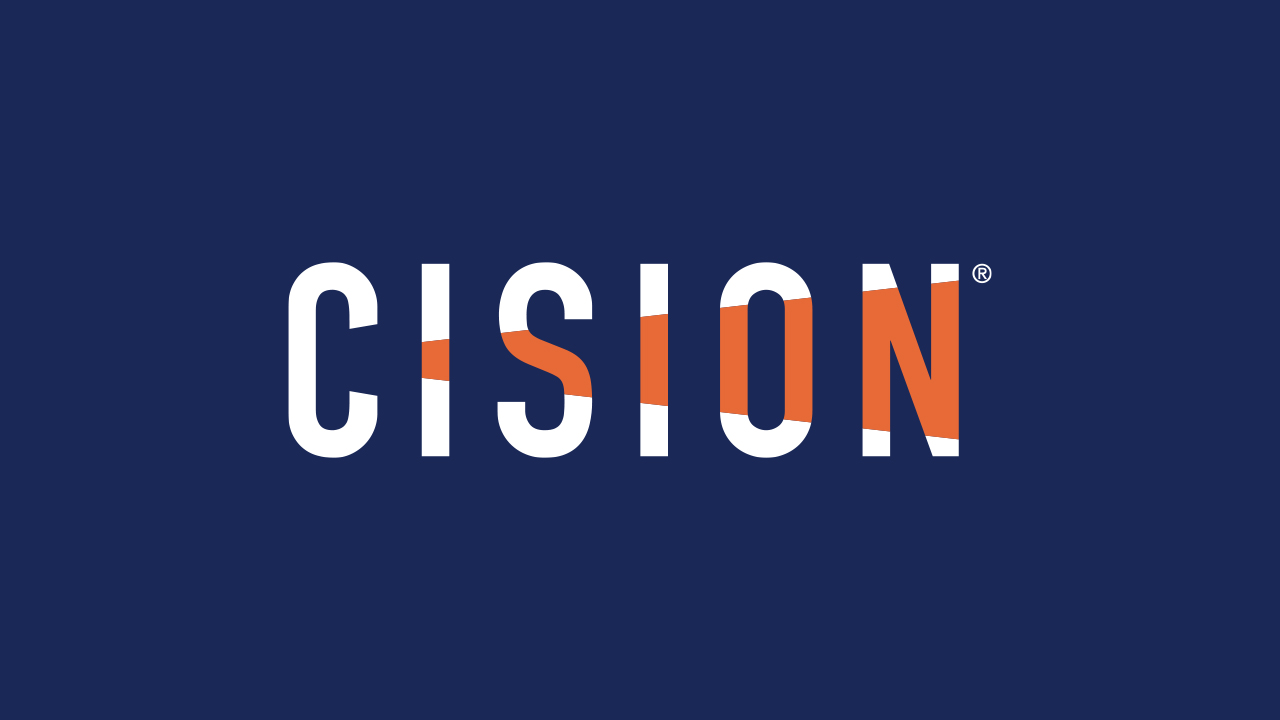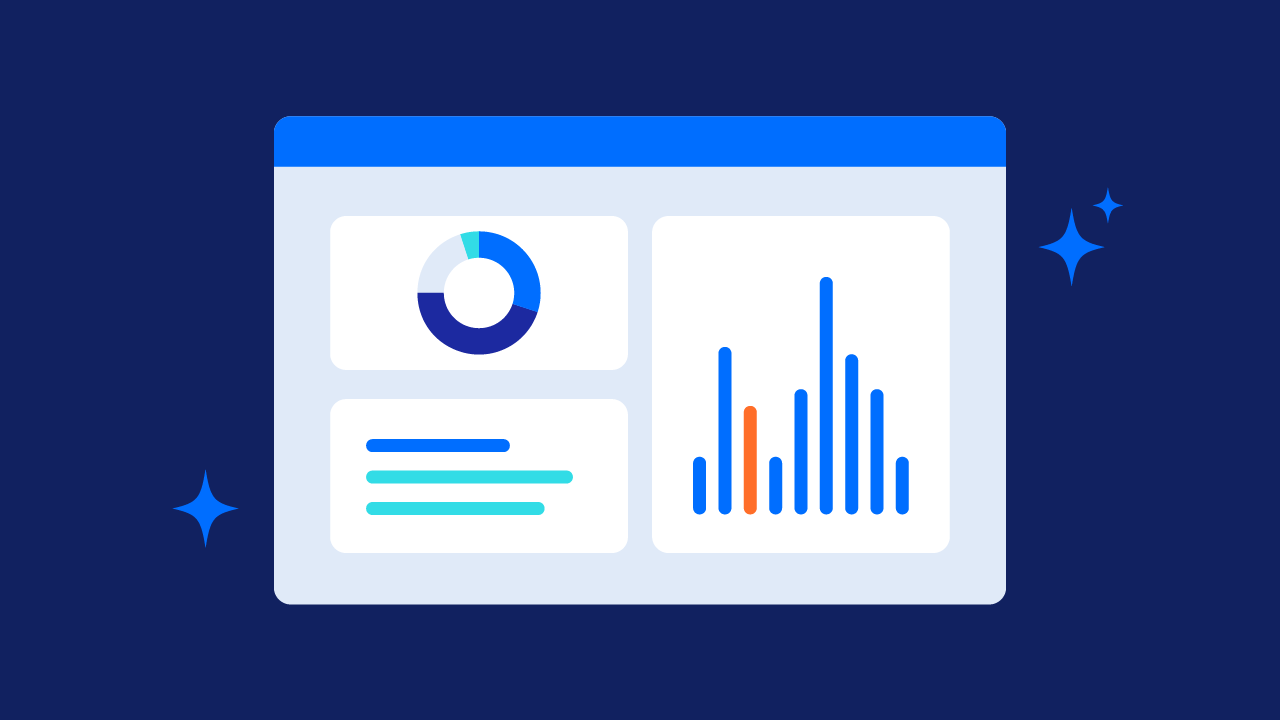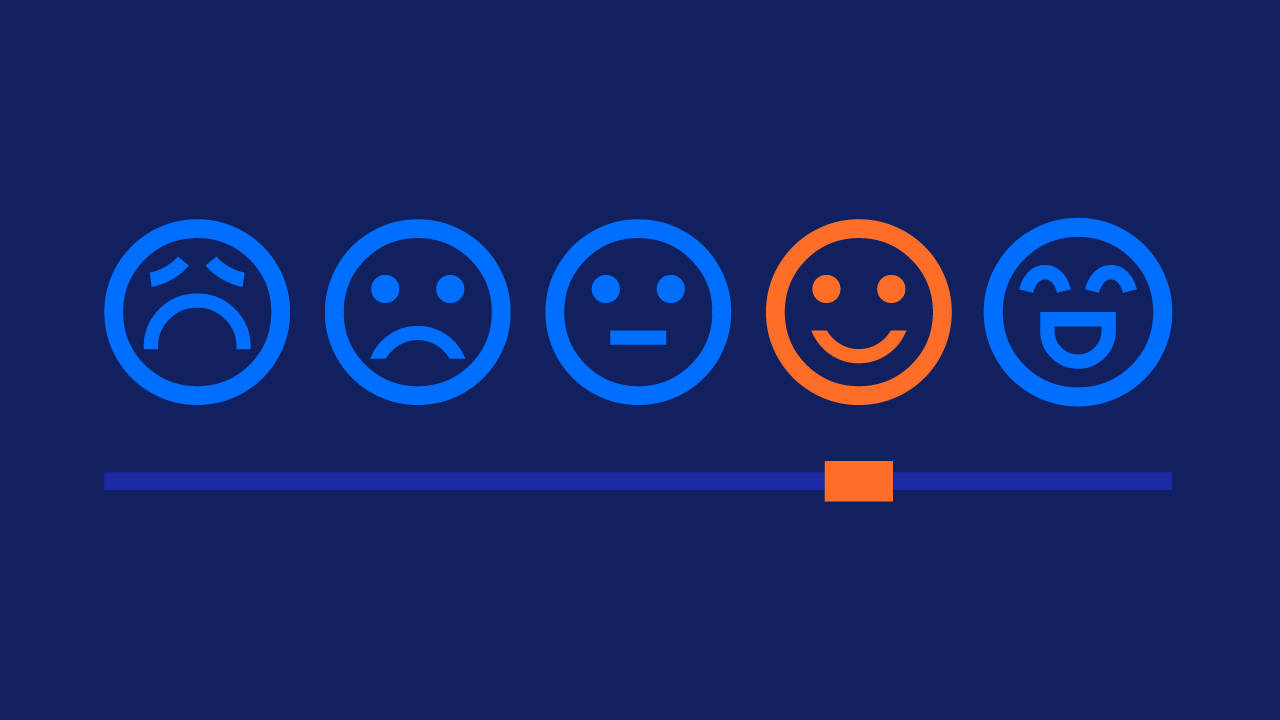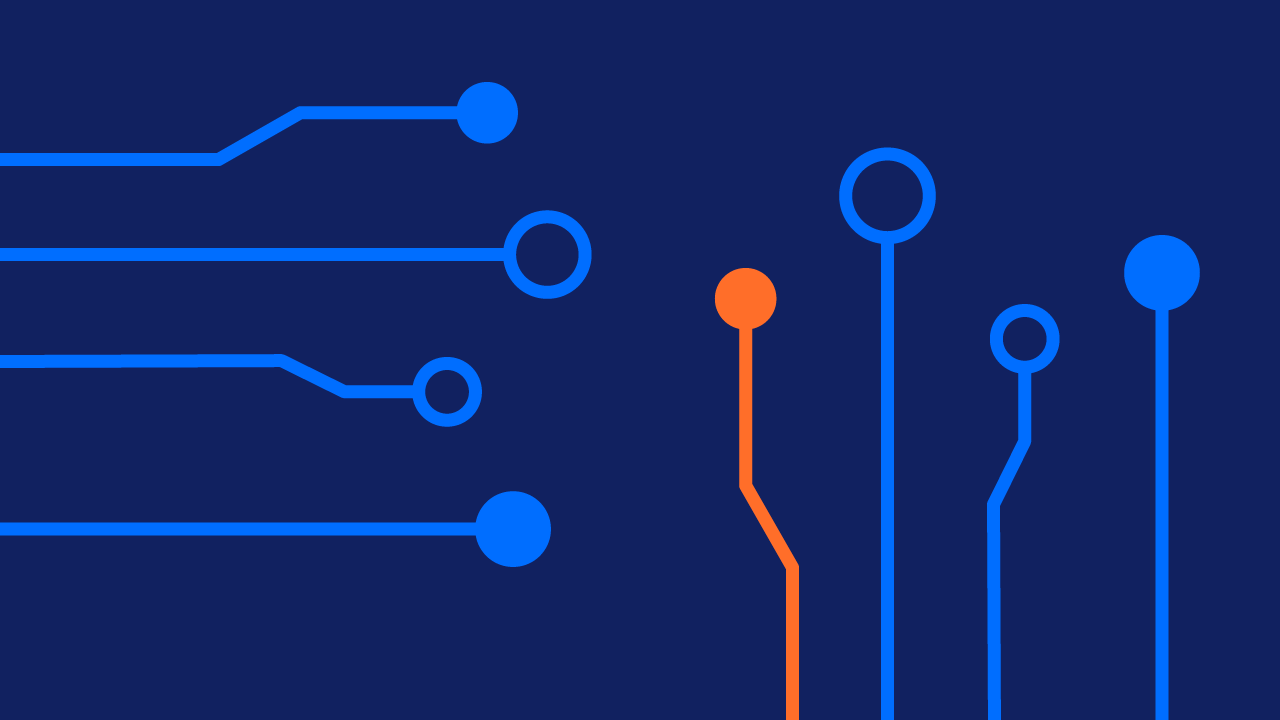Everything today seems to be “smart.” The “smart home” enables you to control, automate and optimize functions throughout your home, such as temperature, lighting, security and entertainment. While you can control these systems through your phone, it’s most impressive to see systems, like The Nest Learning Thermostat, learn your unique needs and patterns to optimize every temperature experience specifically for you.
Today's “smart cars” are similarly improving both driver’s and rider’s experiences by connecting to the internet, enhancing passenger safety and even driving themselves. The key to all “smart” technologies is their ability to draw data from diverse sources in order to create an optimal experience for their specific uses.
PR professionals can learn a lot from these “smart” technologies. As part of an Earned Media Management approach to comms, smart engagement calls on PR professionals to optimize communications content and audience engagement by utilizing data-driven insights. PR professionals who utilize data-driven insights to learn about the audiences they aim to impact will write better stories, improve audience engagement and gain more earned media pick-up.
Read on to learn more about how you can implement smart engagement.
Don’t Blow a Fuse With Your Target Audiences
Growing up, the thermostat in our home had one setting — my father’s. Throughout the bitter-cold, Midwestern winters, the house was set a cool 60 degrees, while my mother, sister and I crowded together in one room, blasting multiple space heaters. Everyone was happy until the eventual circuit-overload, fuse-blow that left half the house without power.
Many PR professionals have a similar “one-size-fits-all” approach to their communications content and audience engagement strategies. When a major news event worthy of coverage emerges – such as a product launch or an executive announcement – a single press release or social media post is issued and disseminated across large networks.
Continuing to hit the same audiences with generic, largely text-based content will no doubt overload your target audiences, blow a few journalists fuses and leave your brand in the cold without any earned media pick up.

What’s worse? According to our 2018 Global Comms Study, most PR professionals have no idea if they have blown that fuse or not. Less than half of PR pros (43 percent) have data that gives them a strong sense of what people do after they consume content and only about half (49 percent) have data that gives them a strong sense of whether there was any real-world behavior driven from the content. Smart communicators not only need information about the audiences they want to target but feedback data to better understand how readers are engaging with their content across different mediums.
Smart Engagement: a Personalized, Data-Driven Approach to Comms Content and Audience Engagement
A leader among “smart” home appliances, the Nest Learning Thermostat is especially renowned for its ability to learn your routines and adjust itself accordingly. Over time your heating system can adapt to suit your needs, without you having to do anything. The Nest Learning Thermostat integrates data from multiple sources, the weather outside, where you are in the home, how long your home takes to heat, past settings, to create the ideal temperature for you.
As we look to the future, all experiences are going to become more personalized to each person’s unique needs. Communications is no different. To create an optimal experience for comms audiences, PR professionals need to collect more data about their target consumer by learning more about their unique needs and patterns. Since multiple readers may engage with your communications messaging, it is important to think about how to engage each one uniquely and craft dynamic content for each.
Smart Engagement Campaigns Offer the Right Mix of Reach and Relevance
Smart Engagement is an approach to content and communications distribution that values a proper mix of both reach and relevance for each individual audience member. There are three key attributes in all Smart Engagement communications campaigns. Let’s see how this works through an example.
1. Individualized Content
Create content based on your campaign’s target audiences. Instead of creating a single, one-size-fits-all message for all, write content that will uniquely engage each campaign audience. A media database can provide interesting insights like direct quotes from journalists, biographical information, even “what they’re talking about” on social media channels to inspire your creative storytelling that will help your content resonate with the targeted influencers.
In Capital One’s second annual Workplace Study, the enterprise bank aimed to reach HR professionals across the nation while making a big impact in four major U.S. cities, New York, Washington D.C., Chicago and San Francisco. The Capital One’s comms team was smart to create unique message for each audience it aimed to impact.
2. Dynamic Content
Smart engagement also means that brand messages need to focus on providing a more immersive and entertaining experience. It is essential that PR pros holistically consider how to best tell each story by potentially including images, podcasts, interactive and video content as part of a pitch or release, depending on the targeted journalists and individual influencers.
Capital One not only created unique visuals for each audience but was specific in choosing which messages needed to include visuals to ensure the dynamic content was relevant for the target audience.
3. Tailored Delivery
Key to any smart engagement campaign’s success is hyper-targeted distribution that can reach the right people with compelling multi-media content. Access to different distribution tools are necessary to create a tailored, multi-channel, PR campaign that will reach and be relevant for each of the campaign’s unique audiences.
- A media database can provide important information to directly engage with your campaigns target audiences via email or social media. A good media database provides additional details to help modern communicators better personalize their pitches and stories for a particular outlet, blog or beat.
- Access to a large, commercial distribution network enables communications teams to reach different segments within their influencer and consumer pools. The ability to distribute content and multimedia to precise audiences, such as within industry verticals, geographies and beats should also be a feature. International and multicultural capabilities should also be considered depending on a brand’s sphere of influence.
Capital One was able to execute the 2018 Workplace Study campaign by targeting audiences via geography and industry.
Don’t get stuck in the ice-ages with my father’s furnace. Embrace data to modernize your communications strategies today. ![]()







